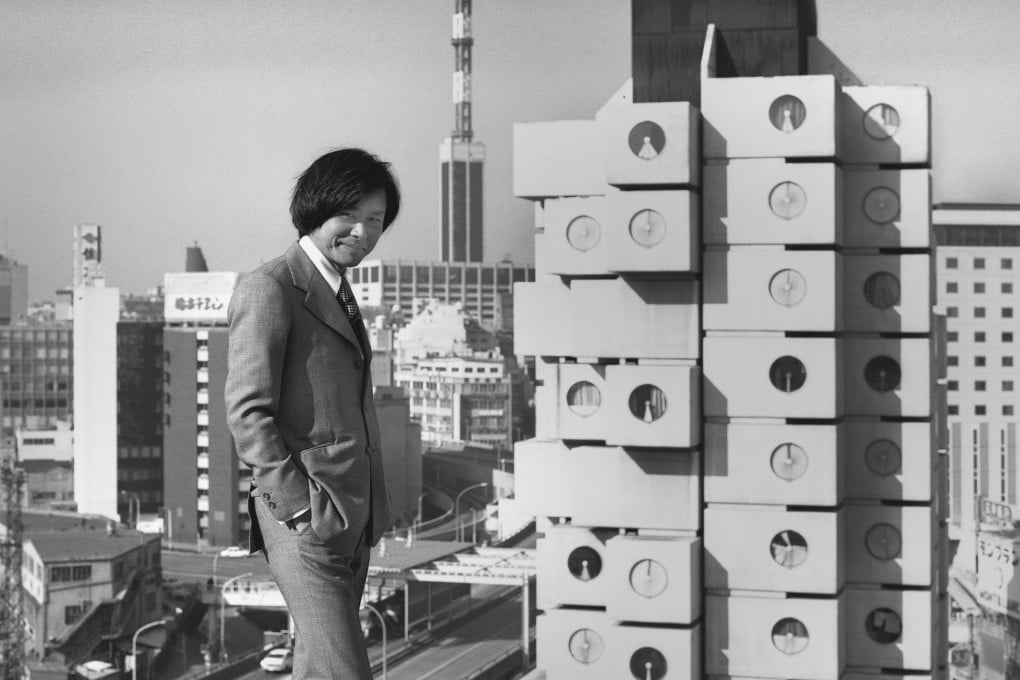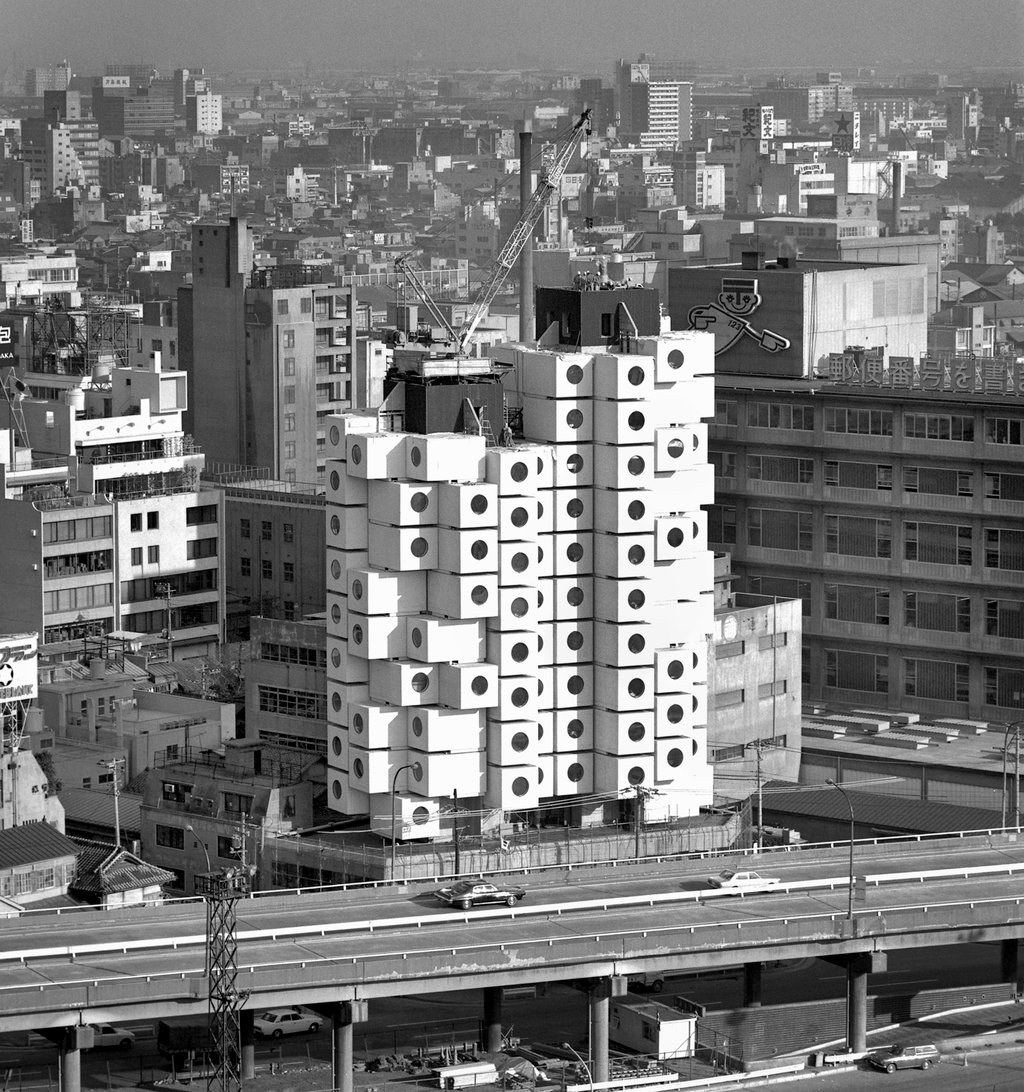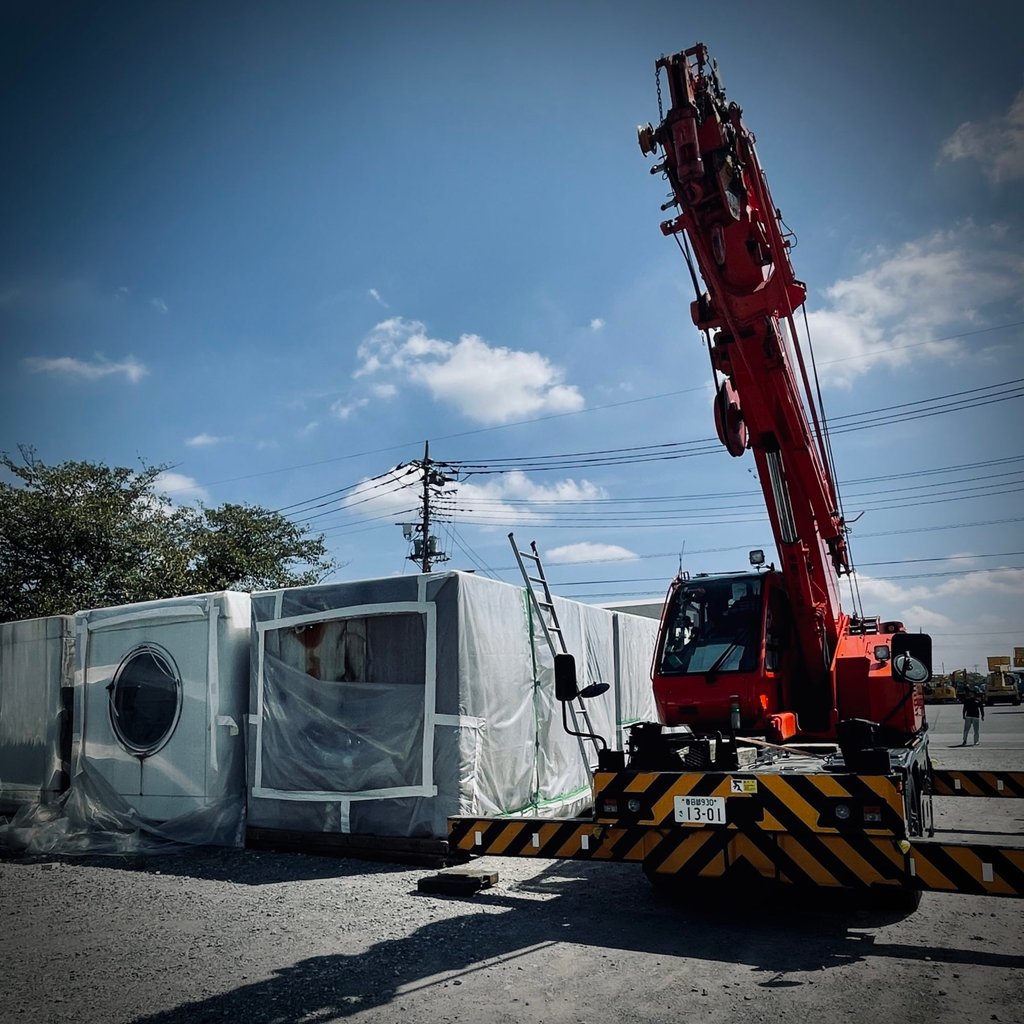How Japan’s innovative Nakagin Capsule Tower is finding new life
The Tokyo structure’s dismantling in 2022 saw a number of its capsules repurposed globally – even at Hong Kong’s M+ – fulfilling designer Kisho Kurokawa’s vision

In 1988, upon moving to Tokyo, British architect Mark Dytham made a pilgrimage to Ginza to see one building he believed encapsulated everything he had imagined Japan to be: Nakagin Capsule Tower. “It was one of the first proper hi-tech buildings in the world, like a machine or a robot, and represented a vision where things don’t have to be static,” the co-founder of Klein Dytham architecture says. “I thought it was the future.”
So in 2022, it was with mixed feelings that Dytham stood on a street in the Japanese capital and watched the Metabolist building come down. After cranes gingerly hoisted capsules off the two interconnected towers that accommodated them, roughly one in five were loaded onto trucks destined for temporary shelters, where they would be rehabilitated and shipped to new homes.

Given that Metabolism was an architectural movement founded on the ability of buildings to move with the times, its radical poster child seemed to be exhibiting normal vital functions. Or was it metastasis? In the past two years, newly revitalised since the dismantling of their 50-year-old mother ship, Nakagin cells have spread throughout Japan and beyond. Hong Kong is part of that advance.
Nakagin’s scattered course would have pleased its avant-garde architect Kisho Kurokawa (1934-2007), who conceived the design to emancipate what he called Homo movens (mobile humans). Many fans still demonstrate their unbridled enthusiasm for the building by donning zany get-ups inspired by its form – often described as a stack of front-loading washing machines.
In my mind’s eye, however, Nakagin had always been a colony of barnacles. That analogy borrows from the free movement of these crustaceans before anchoring themselves in place. But unfortunately, it was the unexpected immobility of Kurokawa’s capsules during their first phase of life that ultimately thwarted his vision that they be modular, interchangeable and recyclable.

That idea of impermanent permanence remains irresistible, however – at least in Japan. Which was one reason Metabolism captured the imagination of many during the country’s buoyant post-war expansion, making its name and ethos heard at the 1960 World Design Conference in Tokyo. Adaptable buildings and cities – with renewable nodes fed by circulation systems – sparked interest. Adding excitement was the promise of Expo ’70, whose theme was “progress and harmony for mankind”.
